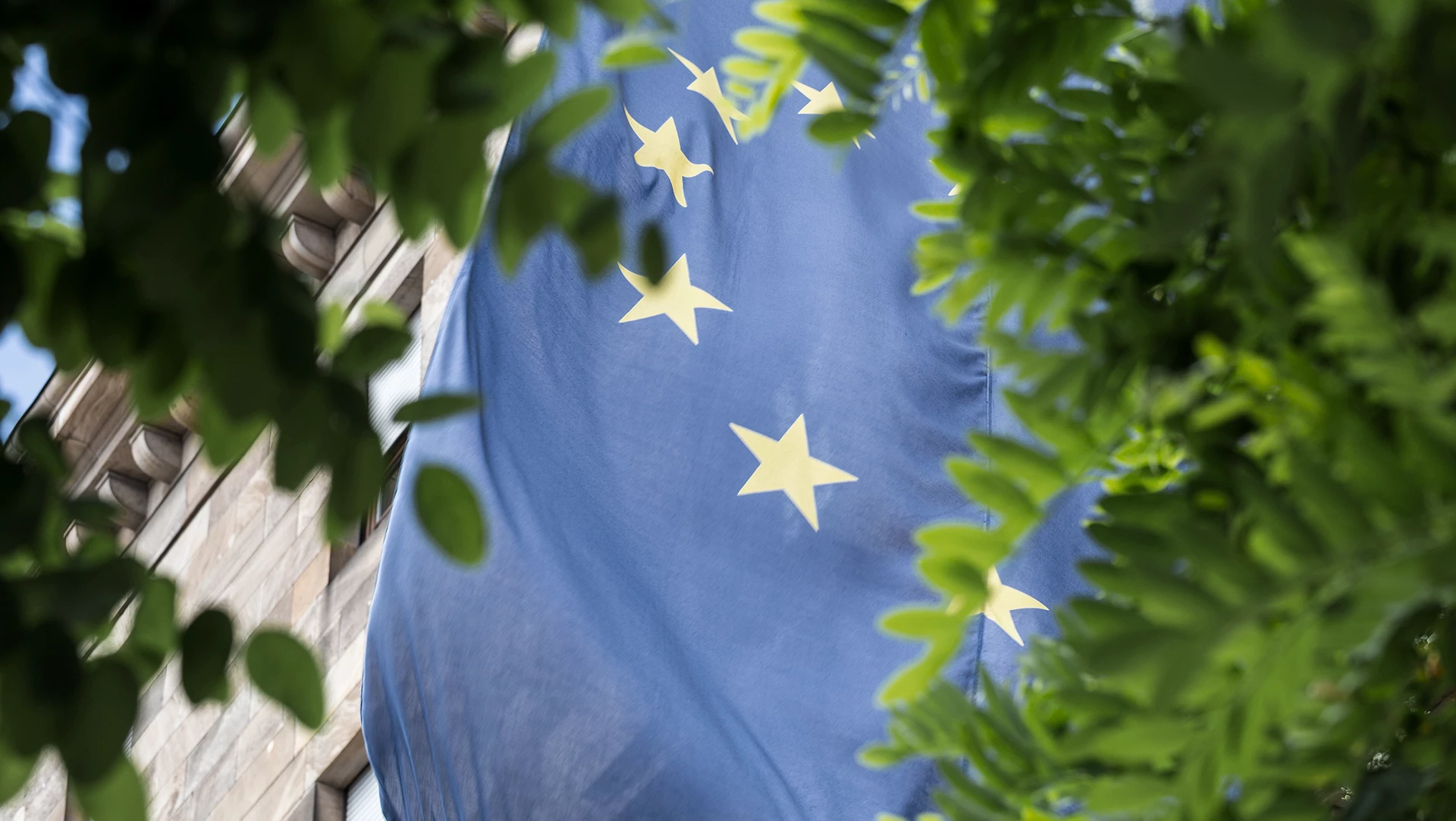
- Name:
- Ebba Ramel
- Title:
- Nordea Sustainable Finance Advisory
With the rapid growth of the sustainable bond market and little formal harmonisation, the EU now calls for tighter regulation to combat greenwashing and ensure that proceeds of sustainable bonds translate into real positive impact. In its latest proposal, the European Parliament has extended the European Green Bond Standard to require increased transparency and reporting for the majority of sustainable bonds. Nordea Sustainable Finance Advisory provides an overview and reflections on the latest update.

The primary aim in creating a European Green Bond Standard was to align EU definitions of green investments, in particular the EU Taxonomy, with existing market practice surrounding green bonds, such as the ICMA Green Bond Principles. The EU now seeks to tighten regulation of sustainable bonds overall, to curb risks of greenwashing. In opinion statements published last year, actors such as the ECB voiced their support for the regulation and went so far as to suggest it become mandatory for issuers within the EU. That would mean that today’s green bonds would no longer be an alternative. The newest position by the European Parliament, however, points towards a voluntary implementation to retain the label’s status as the “gold standard” for environmentally sustainable bonds.
The first steps towards the regulation were taken in 2019, when the European Commission’s Technical Expert Group (TEG) provided a first set of recommendations for the regulation of green bonds. After several consultation phases and an impact assessment published by the Commission in July 2021, more concrete standards for European Green Bonds are starting to crystalise. In mid-May, the ECON Committee of European Parliament adopted its official negotiation position, amending and extending the European Commission’s previous proposal. The next steps will be negotiations with the member states before the plenary will be able to vote on the final version. We summarise the key takeaways from the latest proposal below.
A major change in the latest proposal is the extension of certain transparency requirements from European Green Bonds (EuGB) exclusively, to all bonds labelled as environmentally sustainable (“green”). This includes having to report on the Taxonomy alignment of the bond’s use of proceeds. The aim? To increase comparability between European Green Bonds, which have to be 100% Taxonomy aligned, and other green bonds.
Furthermore, all non-EuGBs will be subject to minimum sustainability disclosure requirements, such as statement of due diligence policies to identify principal adverse impacts and adherence to minimum social and environmental safeguards. The specific requirements and metrics are still to be developed. Additionally, all issuers of green bonds will have to report annually on the degree to which environmental objectives of the bond have been met.
A major change in the latest proposal is the extension of certain transparency requirements from European Green Bonds (EuGB) exclusively, to all bonds labelled as environmentally sustainable (“green”).
Another big change in scope is the inclusion of sustainability-linked bonds in the proposal. Sustainability-linked bonds with environmental objectives will be subject to the same minimum disclosure requirement as the above. Additionally, issuers of both EuGBs and sustainability-linked bonds, that are subject to CSRD (the Corporate Sustainability Reporting Directive), will need to provide audited transition plans for carbon emission reductions in line with the Paris Agreement. This would mean that smaller companies that fall outside the scope of CSRD, would not have to provide a transition plan. The format and extent of transition plans is currently unclear and will be defined by regulatory technical standards.
Grandfathering refers to the adoption of updated versions of the EU Taxonomy after a bond has been issued. The grandfathering period was widely disputed in the consultation period, ranging from zero to ten years. The latest publications contained no updates about changes to the grandfathering period, which increases the likelihood it will remain at the previously communicated five years. This means that in the event of changes to the Taxonomy, issuers could issue EuGBs under the pre-existing version for five more years. According to the most recent draft, already allocated bond proceeds would not have to be reallocated in case of changes. Nevertheless, any change to the grandfathering requirement necessitates increased transparency on expected or upcoming changes to the technical screening criteria from the EU.
To strengthen adherence to the requirements, increasing supervision could provide investors with possible legal recourse should issuers not comply with the regulation of European Green Bonds, leading to a depreciation of the bond. Competent national authorities (e.g. financial supervisors) would also have the authority to prevent certain issuers from entering the market if they do not, either on a single occasion or repeatedly, follow the transparency requirements. This of course requires local supervisors to have sufficient competencies and resources to actually monitor the market properly.
The availability of data and increasing transparency on reporting of environmental impacts and risks is a key cornerstone in the further development of the sustainable finance market. Specifically investors are demanding a growing number of data points from companies. As such, investors and other market players are likely to support the ambition for further disclosure requirements, and in particular reporting on Taxonomy-alignment of green bonds. In the most positive of cases, this will help harmonise the data available in the market, which will ultimately enable the aggregated measurement of positive impacts generated through investments. Recent investor feedback signals that a price difference between EuGBs and other GBs might not be seen in the near future, as investors are prioritising proprietary sustainability analysis over the Taxonomy.
Additional reporting requirements, such as the mandatory transition plans for sustainability-linked bonds, can be an important step to increase credibility of the format. However, they could pose an additional hurdle to sustainable financing, particularly for smaller issuers, which often face the conundrum of whether to focus on actual sustainability efforts or just reporting thereof.
The latest proposal also suggests that the current definition of Green Asset Ratio (GAR) be amended to be able to label sovereign debt as green and hence include it in financial institutions’ GAR calculations. This would increase the incentive for sovereigns to issue EuGBs. To avoid raising the reporting burden to unsustainable levels, legislators should aim to align the different EU regulations, such as the CSRD, SFDR, EU Taxonomy and Green Bond Standard.
Lastly, the voluntary nature of the regulation is essential to ensure that the European Green Bond Standard remains the highest standard in the market, while still allowing some issuers, such as those not yet covered by the Taxonomy, to access sustainable capital.



Nordea's Sustainable Finance Advisory team helps clients navigate fundamental changes in the financial markets as the global economy shifts towards becoming sustainable and low-carbon. Find out more about our sustainable product offerings and holistic advisory services.
Learn more
Sustainability
Amid geopolitical tensions and fractured global cooperation, Nordic companies are not retreating from their climate ambitions. Our Equities ESG Research team’s annual review shows stronger commitments and measurable progress on emissions reductions.
Read more
Sector insights
As Europe shifts towards strategic autonomy in critical resources, Nordic companies are uniquely positioned to lead. Learn how Nordic companies stand to gain in this new era of managed openness and resource security.
Read more
Open banking
The financial industry is right now in the middle of a paradigm shift as real-time payments become the norm rather than the exception. At the heart of this transformation are banking APIs (application programming interfaces) that enable instant, secure and programmable money movement.
Read more